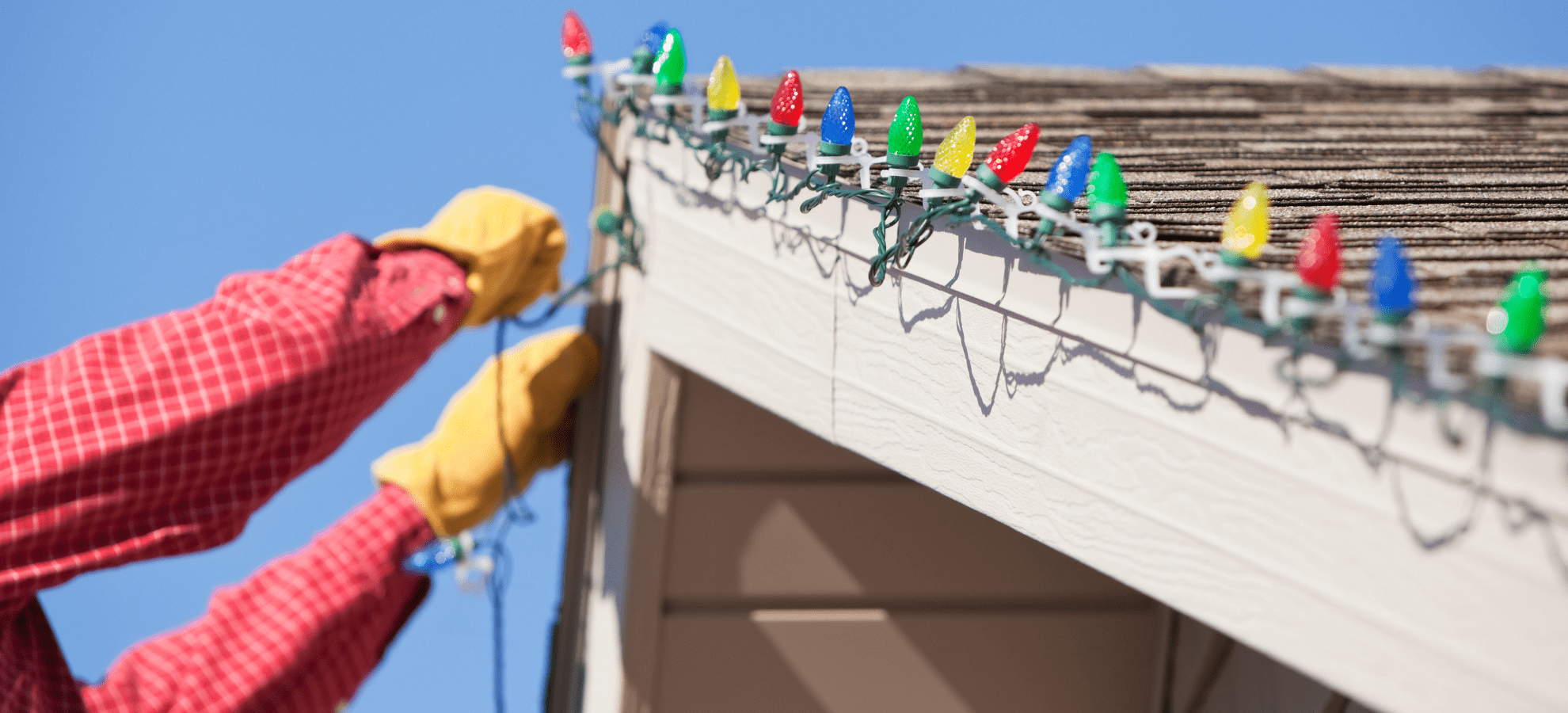by Melissa LaScaleia
This month, we continue our exploration of the origins and history of the 354th Tactical Fighter Wing of the United States Air Force, which was stationed at the Myrtle Beach Air Force Base for many years. (See our June 2018 edition for Part I.) The 354th underwent several name changes over the years.
During the latter part of the Vietnam War, in 1972-1973, it was the 354th Fighter Group, and conducted combat missions from Korat Royal Thai Air Force Base, in Thailand. This was the first combat deployment of A-7D aircraft in Southeast Asia. Additionally, a small number of Air Force personnel from the 354th were stationed in South Vietnam.
Although the 354th Fighter Group stayed in Vietnam only until August of 1973, their air- craft stayed on. In 1975, A-7Ds from Myrtle Beach were used in the last official battle of the Vietnam War— the Mayaguez operation— which took place between Kampuchea and the U.S. for three days.
With the end of America’s involvement in Southeast Asia in 1974, the 354th Wing reconvened at Myrtle Beach Air Force Base, absorbing people and supplies from other wings and echelons.
Only a few months later, the 354th deployed to Howard Air Force Base in the Panama Canal Zone to offer close air support for US Army training exercises for the air defense of the Panama Canal.
That same year, A-7Ds and crew went to NAS Barbers Point, Hawaii for training exercises; and T-33A aircraft went to McConnell Air Force Base, Kansas for a comparative flight evaluation between A-7D and A-10A aircraft.
By summer, the military began to phaseout the A-7D aircraft at Myrtle Beach— they were transferred to Air National Guard units. The phaseout continued until 1978, when the last A-7D left Myrtle Beach for a new chapter in its military history. A-7Ds remained in service until the late 1980s. By 1977, A-10 aircraft had replaced the A-7D for the 354th Wing. The 354th was the first wing in the Air Force to operate the new aircraft; they were combat ready with the so designated “Thunderbolt II” by 1978.
With this new aircraft, the 354th Wing again commenced support for NATO, deploying to Europe and working closely with Army infantry.
On March 22, 1975, the Myrtle Beach Air Force Base changed dramatically. The U.S. Department of Defense and the City of Myrtle Beach decided to merge the Myrtle Beach AFB with civilian life, and build an international airport on the premises. The result was joint military-civilian aviation actactivities in the same location. Construction began a few months later on the Northeast side of the runway.
In 1980, the 354th was allocated to President Jimmy Carter’s Rapid Deployment Force, a select body of elite, highly skilled, and intensely trained military personnel, capable of quick deployment in crisis situations. The allocation carries with it high honor.
The Rapid Deployment Force later became a separate command and underwent several additional permutations until the 354th found itself deployed for the first time to Cairo in 1985, and again in 1987 and 1989, as part of Bright Star exercises. This is a series of joint training exercises led by United States and Egyptian forces in Egypt, which occurs every two years.
In 1990, the 354th was one of the first U.S. Air Force units deployed to the Persian Gulf for Operations Desert Shield. They conducted scouting, ground support and search-and-rescue missions during Operation Desert Storm; and returned to Myrtle Beach in 1991 where they were redesignated the 354th Fighter Wing.
That same year, the government initiated the intention to close the Myrtle Beach Air Force Base to reduce defense spending. To preserve the prestige of the unit and its heritage, the 354th Fighter Wing was re-established at Eielson, Air Force Base, Alaska, on August 20, 1993, where it remains to this day, engaged in contingency operations worldwide.
Click here to read more about the history of Market Common and surrounding area.

















